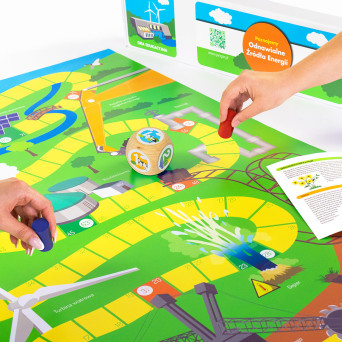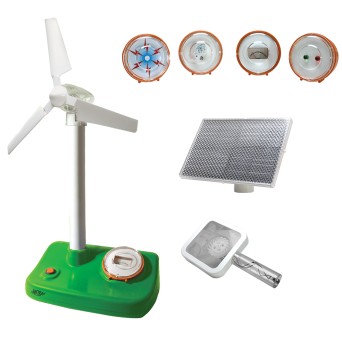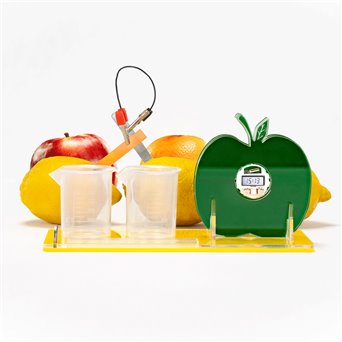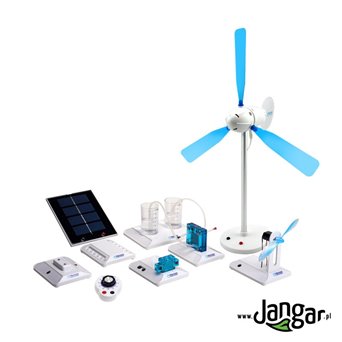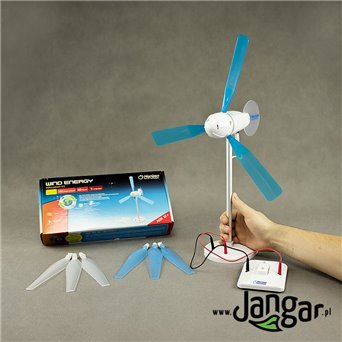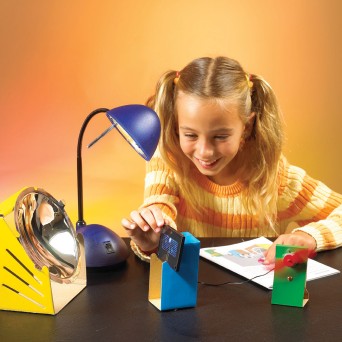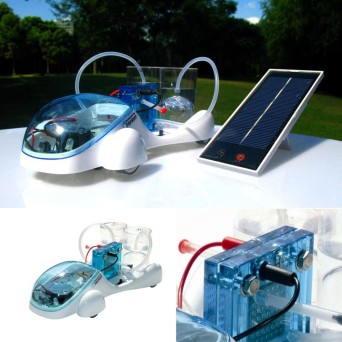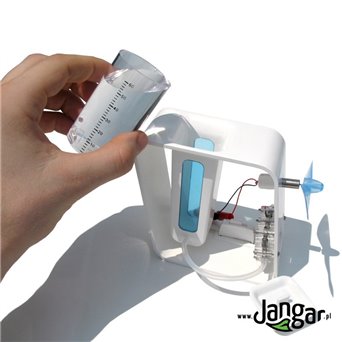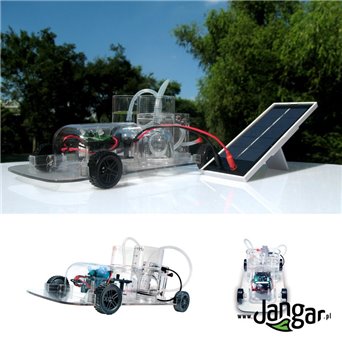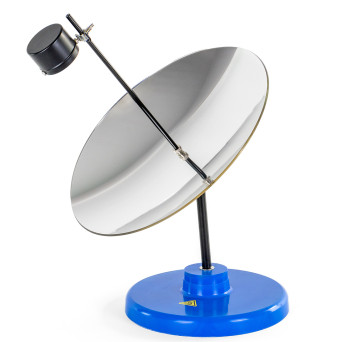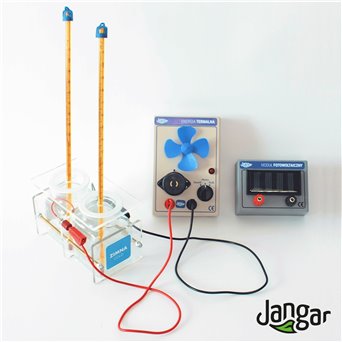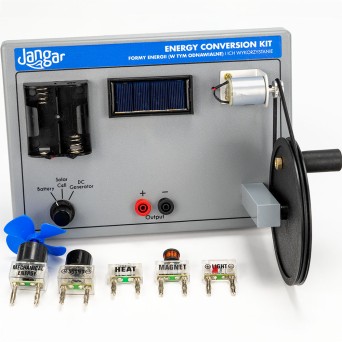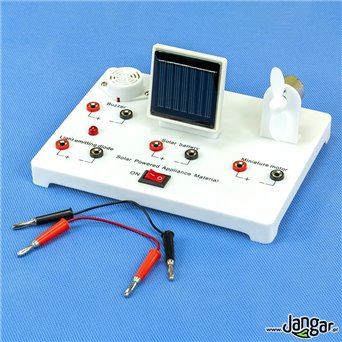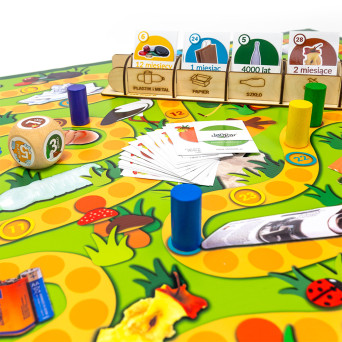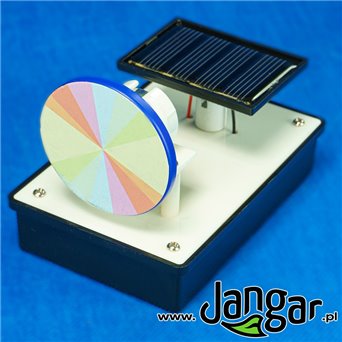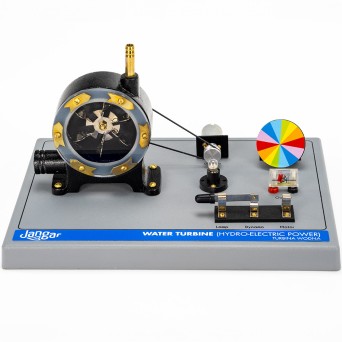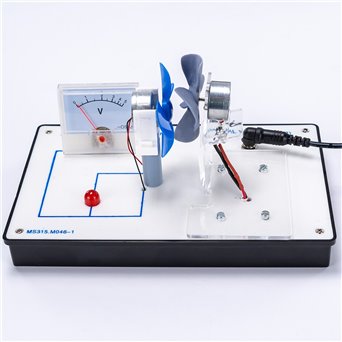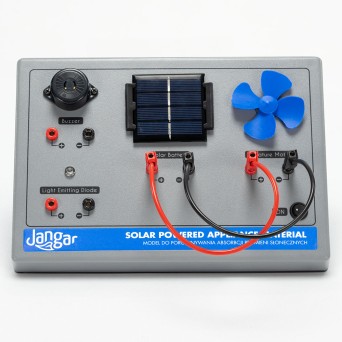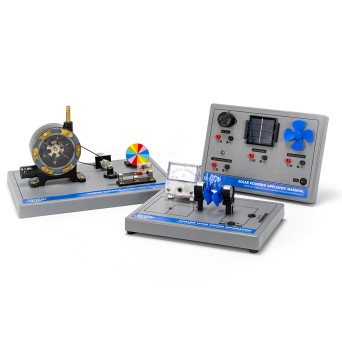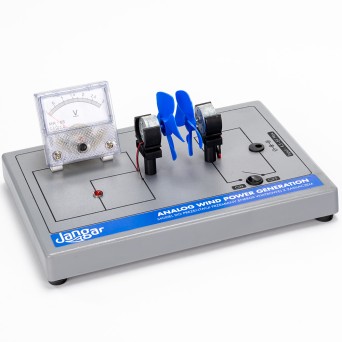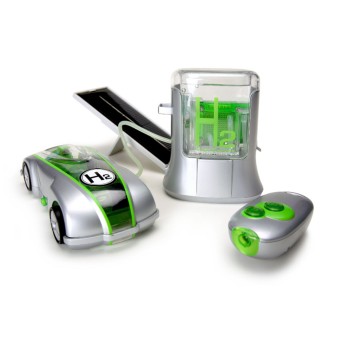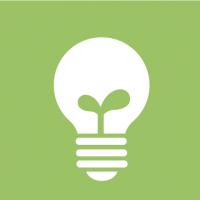
Clean energy and experimental kits demonstrating the production of electricity using solar, water, wind power, and other RES (Renewable Energy Sources) - all renewable sources of energy. It is worth to see how they work in real! You can see, among others, various vehicles powered by solar energy, electricity produced by manual generators and the conversion of chemical energy into electricity.
The educational materials provided in this section are crucial for teaching and learning about clean energy and renewable energy sources in schools. These materials include functional models, experimental kits, and activity sets that help students understand complex environmental concepts in a hands-on and engaging way.
With the increasing demand for clean energy and the urgency to address climate change, it is essential to educate students about the importance of renewable energy sources and their potential to provide sustainable solutions. The educational materials provided on these websites are designed to inspire and empower students to take action towards a cleaner and more sustainable future.
By using these educational materials, teachers can create interactive and engaging lessons that will help students better understand the concepts of clean energy and renewable energy sources. These resources are suitable for a wide range of ages and learning levels, from elementary school to higher education.
By using these resources, students can engage in hands-on learning experiences that allow them to explore and experiment with renewable energy technologies. They can also develop critical thinking skills by analyzing the environmental impact of different energy sources and assessing the economic and social benefits of renewable energy.
Incorporating these materials into the classroom will not only enhance students' understanding of the environment and the role of clean energy, but also promote critical thinking, problem-solving, and teamwork skills. I strongly encourage teachers and educators to use these resources in their classrooms and help inspire the next generation of environmentally-conscious citizens.
The use of educational aids is essential for effective learning and teaching about complex topics such as clean energy and renewable energy sources. We offer a variety of educational tools, models, and experimental kits that can help students understand the principles and applications of clean energy and renewable energy sources.
Moreover, the educational aids offered by these websites can help teachers in designing their lessons and engaging their students in active learning. These resources can support teachers in delivering interactive, engaging, and innovative lessons that inspire students to think critically, creatively, and scientifically.
Therefore, we encourage students, teachers, educators, and anyone interested in wider use of clean energy and renewable energy sources to explore the resources offered by us. Let us all learn, experiment, and explore the possibilities of a sustainable future!
Clean Energy and RES - Explanation and Educational Overview.
Clean energy refers to energy that is produced using methods that do not harm the environment. It is an important concept in the fight against climate change, as traditional methods of energy production, such as burning fossil fuels, are a significant source of greenhouse gas emissions.
Renewable energy sources, also known as in abbreviated form as RES, are a type of clean energy that comes from sources that can be replenished naturally and quickly. Examples of renewable energy sources include solar, wind, hydro, geothermal, and biomass energy.
Solar energy is obtained by using photovoltaic panels to convert sunlight into electricity. Wind energy is obtained by using wind turbines to convert wind energy into electricity. Hydro energy is obtained by using water turbines to convert the energy of moving water into electricity. Geothermal energy is obtained by using the heat from the earth's interior to generate electricity. Biomass energy is obtained by using organic materials such as wood, agricultural waste, and even garbage to generate electricity.
Renewable energy sources have numerous environmental benefits, including reducing greenhouse gas emissions, reducing air and water pollution, and conserving natural resources. Additionally, renewable energy can help to increase energy security by reducing dependence on foreign oil and other non-renewable resources.
Education about clean energy and renewable energy sources is critical for creating a sustainable future. By teaching students about these concepts and encouraging them to adopt clean energy practices, we can help to reduce our impact on the environment and mitigate the effects of climate change. It is important to emphasize the benefits of using renewable energy sources, and to promote their adoption in homes, schools, and businesses. Through education and action, we can create a cleaner, healthier, and more sustainable world for future generations.





































































































































































































































































































































